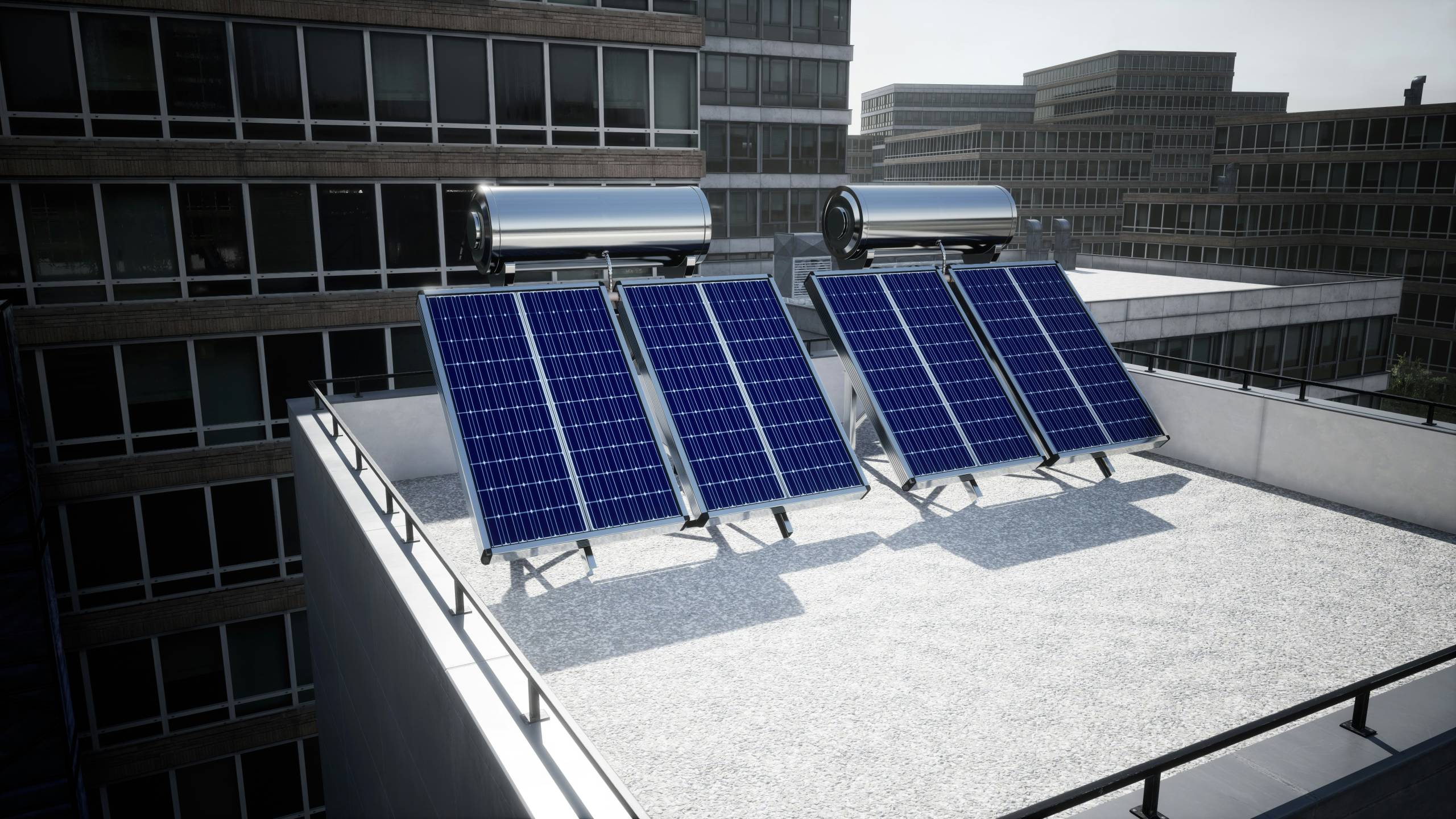
This article is included in these additional categories:
Healthcare organizations spend over $6.5 billion on energy annually, which is unsurprising considering hospitals need to provide services 24 hours a day, every day of the year. According to the Energy Information Administration (EIA), cooling and ventilation drive 40% of energy usage with lighting accounting for 16% and computing and offices for 14%.
There is a misconception that implementing sustainability or renewable energy upgrades in healthcare facilities requires more investment than it is worth when funds could be spent on capital-earning investments such as medical equipment. However, small adjustments can lead to cost avoidance, meaning healthcare facilities can use those returns to invest capital into long-term goals.
There are three routes healthcare facility managers can explore before committing any budget dollars to sustainability to understand what will yield the highest return for their investment – and for the planet.
Focus on organizational initiatives.
The Inflation Reduction Act of 2022 provides several incentives in relation to sustainability and clean energy activities such as on-site solar and electric vehicle charging infrastructure. As the U.S. Environmental Protection Agency (EPA) describes the Act, it is “the most significant climate legislation in U.S. history, offering funding, programs, and incentives to accelerate the transition to a clean energy economy and will likely drive significant deployment of new clean electricity resources.”
Now is the time for healthcare facilities to take advantage of the available funding to jumpstart new sustainability programs or make infrastructure upgrades to support the transition to renewable energy. Understanding healthcare’s unique complexities is crucial for successfully managing and implementing energy efficiency initiatives. Experienced professionals can provide valuable guidance in this process. If stakeholders are concerned about expenses, this is a significant opportunity to identify funding opportunities to lower upfront costs and maximize returns.
Optimize existing assets.
The saying “If it ain’t broke, don’t fix it” does not mean it can’t be improved. Evaluating existing equipment and systems for their efficiency and energy usage allows healthcare leaders to mitigate the cost of energy efficiency projects without investing in new technology and tools. Begin by analyzing the condition of the facility and identifying opportunities for changes. With cooling and ventilation driving nearly half of the energy utilization in hospitals, that is an ideal place to begin. Another starting point can be to audit systems that are not necessary to maintain the facility while in use. Measuring the change in energy usage when auxiliary systems are disengaged can both identify systems that are running at sub-optimal levels and avoid wasting energy while they run unnecessarily.
Retro-commissioning systems, including building automation and ventilation systems, in addition to upgrading end-of-life assets with energy-efficient equipment, are all adjustments facilities can make to minimize energy consumption while maximizing output.
Reimagine what’s possible.
Every facility’s energy-efficiency program will be unique to its operational needs. However, certain strategies are proving to be widely impactful. One example is boiler operations. For some facilities, it is possible to move from steam systems to electrified hot water solutions to save energy while also benefiting from fewer code restrictions and lower life cycle maintenance costs.
For facilities unable to replace boiler systems, their efficiency can be greatly improved by recapturing steam. In most steam boilers, steam is inevitably lost from leaks, condensate losses, and damaged insulation and may not be adequately recaptured. If a significant amount of heat loss escapes a facility’s piping systems, they need more natural gas to meet heating loads, which drives up both natural gas use and subsequent cost. Steam trap and blanket initiatives to reduce steam waste ultimately decrease facilities’ natural gas usage and drive down costs. Facilities can also find long-term savings through converting high-pressure steam to hot water, managing condensate recovery, and fuel switching to an electrical solution.
This is far from an exhaustive list, but at minimum, it should remind facility managers and stakeholders that LED lightbulbs and changing the air conditioning temperature are far from the only methods to reduce energy usage. Not all are inexpensive or quick changes, but investing in sustainability efforts can result in long-term savings.
Guest Author
Scott Czubkowski PE, MPM is the National Director, Energy and Facility Performance for Medxcel, the leading facilities services provider in the U.S. exclusively serving the healthcare industry. As the leading facilities services provider in the U.S. exclusively serving the healthcare industry, Medxcel’s unmatched expertise ensures optimal facility management and support that enhances operational efficiency and elevates patient care.
- SEO Powered Content & PR Distribution. Get Amplified Today.
- PlatoData.Network Vertical Generative Ai. Empower Yourself. Access Here.
- PlatoAiStream. Web3 Intelligence. Knowledge Amplified. Access Here.
- PlatoESG. Carbon, CleanTech, Energy, Environment, Solar, Waste Management. Access Here.
- PlatoHealth. Biotech and Clinical Trials Intelligence. Access Here.
- Source: https://www.environmentenergyleader.com/2024/06/revamping-healthcare-facilities-through-energy-efficiency-upgrades/
